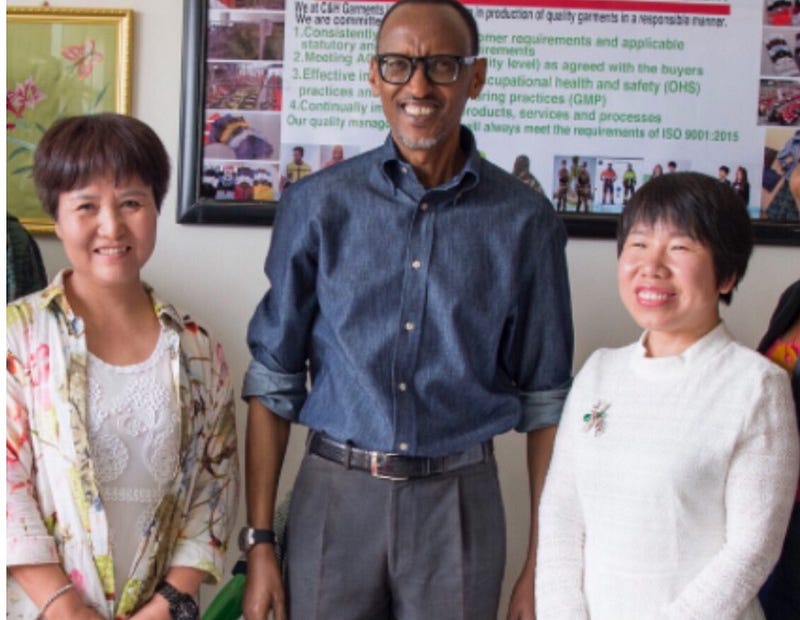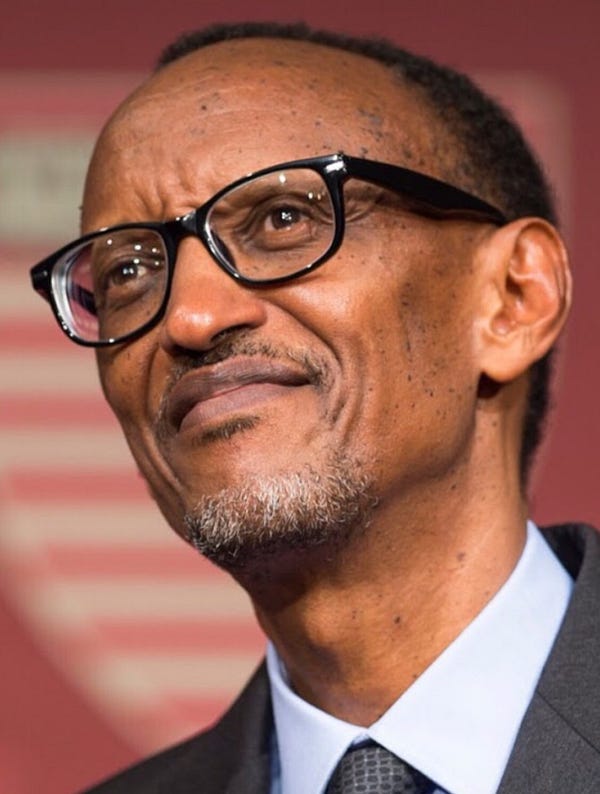By David Himbara
President Paul Kagame is loudly singing at the Commonwealth meeting in London how manufacturing is about to transform Africa. According to him, the recently launched continental free trade area is timely:
”Trade and investment are set to grow across the continent, creating opportunities for manufacturing and value addition.”
But how about Rwanda — what does the country make in order to sell to Africa?

What of Rwanda? The country’s manufacturing sector is a joke, thanks to the policy priorities pursued by Kagame during the last twenty years. Two recent studies on Rwanda’s manufacturing reveal the hopelessness of the Kagame regime.
The first study was undertaken by the African Development Bank in 2014. The second study was commissioned by UK’s Department for International Development, and published in 2017. Both offer bad news about the Rwandan manufacturing sector.
The African Development Bank’s findings
According to the African Development Bank’s 2014 study,
”various factors slow down the manufacturing sector. Limited access to finance hampers investment. Rwanda’s landlocked status raises transport costs for importers and exporters. Similarly, poor transportation infrastructure, in particular, a bad road network raises transport times and costs. Energy supply remains problematic with shortages and frequent cuts causing costly consequences for manufacturing production lines.”
The findings by the 2017 DFID-financed study

In the 2017 study ”Rwanda: Financing For Manufacturing”, the gloomy news on Rwanda are as follows:
“Rwanda’s manufacturing sector has remained relatively weak. The fact that policy-makers invested in services in advance of manufacturing has meant that the former has become a leading sector in growth for much of the past two decades. This is indicative of challenges to Rwanda’s future growth prospects. One aspect of this challenge is that the country tends to have a lower export-to-gross domestic product (GDP) ratio than other low- and lower- middle-income developing countries that are also landlocked. The significant part of its export growth owed to the global commodity boom, which pushed up mineral prices to historic levels. With goods imports three times the size of exports, and imports also growing at about 20% per annum, at 16.6% of GDP, Rwanda’s external deficit is likely to continue to grow.The weakness in Rwanda’s manufacturing sector and its relatively moderate export contribution underscore the importance of tackling the obstacles in the economy’s growth trajectory. The majority of the challenges to manufacturing growth and manufacturing exports are real constraints (such as transport costs and Rwanda’s landlocked geography).”
Kagame should be reminded that manufacturing does not just happen. Manufacturing becomes real with good policies that promote investments in the sector. Supportive transportation infrastructure. Reliable and cheap energy supply. And skilled human resources. The Kagame regime is a disaster for each of these imperatives. Kagame can pose at the global conference as a knowledgeable leader, but reality shows him an unmitigated disaster. The folks that Kagame thinks he is impressing in London are laughing at him behind his back.
































































